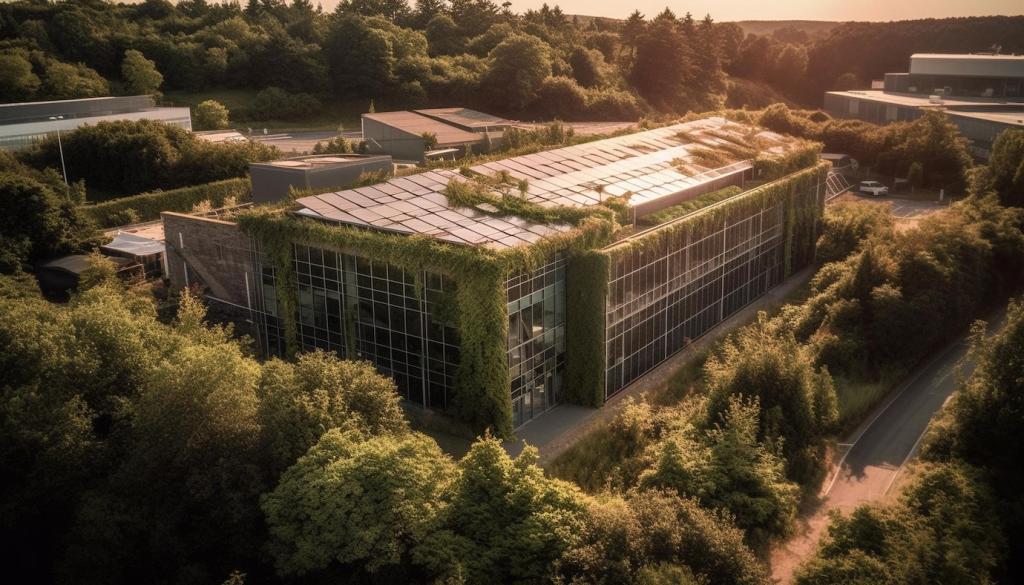This website uses cookies so that we can provide you with the best user experience possible. Cookie information is stored in your browser and performs functions such as recognising you when you return to our website and helping our team to understand which sections of the website you find most interesting and useful.
Biophilic Design in Future Cities
Biophilic design in future cities represents an innovative approach to urban planning that places human connection with nature at the core of architectural and infrastructure decisions. As urban environments grow denser, integrating nature within cities becomes not just a matter of aesthetics but a necessity for enhancing wellbeing, sustainability, and resilience. The application of biophilic design principles transforms urban landscapes into more livable, healthier, and vibrant spaces, meeting the evolving needs of populations facing climate change, social challenges, and technological advancement. By weaving nature into the fabric of tomorrow’s cities, communities can thrive environmentally, socially, and economically, forging deeper bonds between people and the ecosystems in which they live.

Human-Nature Connectivity
Scientific Foundations
Urban Challenges and Relevance
Key Principles in Practice


